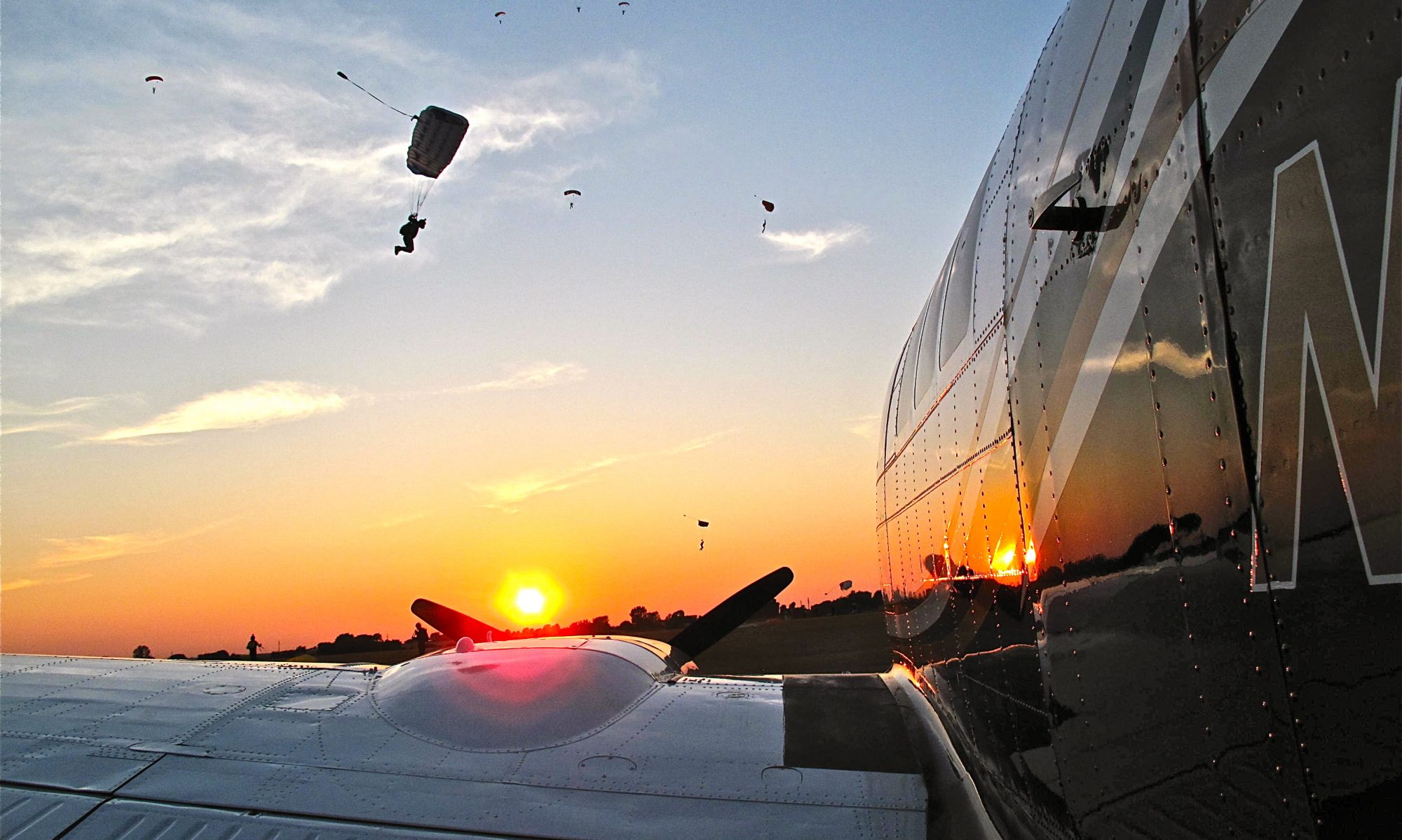After nearly getting hauled off to the Tower of London the night before Marcio and I pointed the Cirrus north towards Scotland, our last stop before taking on the North Atlantic. As we got closer to the ocean crossing Marcio got more and more nervous, with good reason.
Flying the North Atlantic, or any ocean for that matter, in a single engine piston is nothing to sneeze at. There’s a trail of aluminum sitting at the bottom of the sea along the ocean crossing routes that will attest to that fact. And every one of those planes was flown by a pilot who thought he could make it.
But in Marcio’s case he had extra reasons to be scared. Number one was that he hadn’t flown anything but airliners and business jets in many years and just getting into a small plane scared him. (and he barely fit into the Cirrus anyway) Number two was that we were heavy. With three adult men (make that three and a half with Marcio) our bags, survival gear, camera gera, and full fuel, the Cirrus was pretty heavily loaded down. I didn’t do a weight and balance because I didn’t really want to know just how much. Madness you say? Not so says I. Almost any airplane can fly at weights far over its certified max gross weight. How do I know this? Because back in my early days of ferry flying the FAA allowed planes being ferried over the ocean to fly 25% over max gross weight and with the center of gravity 2 inches of aft of the rearward limit. You just have to know how to fly a plane in that configuration. which is why they took out the waiver for the aft CG. Too many pilots got too slow and crashed. When flying a plane over max weight you have to keep your speed up and fly smooooooth. It’s that simple.
Oh, and Marcio had one more reason to be scared of the upcoming crossing. The Cirrus was running like shit. Ever since we’d picked the plane up in Munich we’d been fighting the planes tendency to run rough at low altitudes. Especially when reducing power in the descent.
I tried everything. Leaner mixture, richer mixture, boost pump on, boost pump off. I even resorted to reading the manual! No help there. The engine ran fine at altitude and on the ground but having it cough and sputter during an approach was……..disconcerting.
The German mechanics in Munich couldn’t find anything wrong and gave me that look that mechanics love to give pilots. the one that says “Are you sure you know what your doing?” We had lots of theories as to why it ran rough but in the end it came down to, did the engine die completely? No? Then off you go. Have a nice trip. Fine, what could possibly go wrong?
The flight from southern England up to Wick Scotland was nice though. It’s a rare day that you can see the Scottish highlands like this.






When we got to Wick Marcio was flying from the left seat. I’d been giving him more takeoffs and landings, trying to get him comfortable with the little Cirrus. Being a jet pilot he set up for landing WAY out over the water. Typical pattern for a jet but I like to be closer to the runway in a piston in case something goes wrong. Which was exactly when the engine started running rough again.
And while I was trying different mixture and boost pump settings I suggested (in no uncertain terms) that maybe he should, you know, point us at the nearest point of land maybe? Please? He didn’t disagree.
I managed to get the engine smoothed out and Marcio’s landing was acceptable. I think he was just as happy to be able pull out a smooth landing in the Cirrus as he was to getting down safely.
We put the plane in the hanger and I did an oil change while Marcio did an interview for the camera. Big shot.

To Be continued:

Ah Marcio! I loved your episodes with him. You two are great together. Quite an adventure on that trip. Still amazed he fit in that little plane!